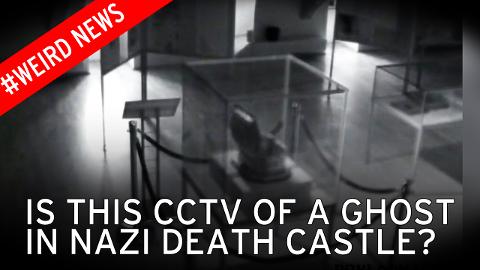CCTV (Closed circuit television) was first used in 1942 in Germany when the system was installed to observe the launch of V-2 rockets. Unlike a TV broadcast that can be viewed by anybody with an antenna, CCTV footage cannot be viewed by people outside the circuit. The recording could be transmitted through wirelines or peer-to-peer wireless communication system. The term CCTV is usually applied for a camera used for surveillance.CCTV systems became commercially available in the late 1940s.
How are modern CCTVs different from the earliest ones?
Earlier, there was no way of recording and storing CCTV information, hence most systems required constant monitoring. The development of magnetic tapes to record videos enabled CCTV systems to store footage. The reel-to-reel system, however was time consuming and extremely expensive. A reel’s storage capacity was quite low when compared to modern data storage devices and had to be changed manually. Because of these shortcomings, CCTV surveillance was not widespread. The ar rival of Video Cassette Recording technology in the 1970s made it easier to record and erase data and surveillance cameras became more common. The invention of multi plexing-a method in which multiple da ta streams could be combined, and the availability of affordable digital storage devices further helped in increasing the popularity of these cameras. Most modern CCTV networks simultaneously operate several cameras for surveillance.
When were CCTV cameras first used for crime prevention?
The first CCTV in the US was installed in 1968 in Olean, New York to monitor crime on its main business street. Subsequently, cameras were installed in Times Square in 1973. It was in the 1980s that the popularity of the CCTV network started growing and cam eras were installed in many American and British cities.
Post 911, the penetration of CCTV cameras has in creased at a steady rate. Today CCTV systems are in stalled at many places like banks, public transport system, retail shops and so on.
How much have CCTV cameras helped prevent crime?
There is disagreement among experts on this. A US department of justice study on various CCTV surveillance networks installed across the world shows mixed results. For instance, after installation of a CCTV system in Tokyo in 2002 there was a reduction in vehicle crime and a slight reduction in violence. Similarly CCTV installation in Oslo, a few streets in London, Amsterdam and so on showed a decrease in crimes like street robbery and vehicle thefts. On the other hand, east Brighton in UK and Glasgow in Scotland showed no reduction in crime. London, Beijing, Shanghai, Moscow, Chicago and so on are known for their extensive CCTV networks.








